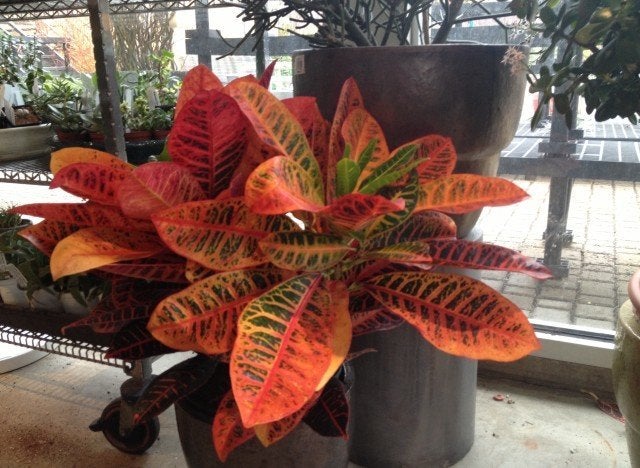With the onset of fall colors surrounding us, one woody, twining vine that always catches my eye is Celastrus scandens, commonly called American bittersweet or Bittersweet. Native to North America, the American bittersweet has multi-season interest with tiny scentless flowers blooming at branch tips in June, which are then followed by colorful orange fruit (bird friendly but not human friendly) about the size of a pea. Then, the fruit splits open in autumn to show seeds sitting inside of a colorful husk. There is no reason for this vine to be bitter; alas it is the other vines forced to bask in its glory that might come off as sour.
My favorite Celastrus for the garden would be Celastrus scandens 'Bailumn' or Autumn Revolution. The main reason is that it has both male and female parts and you can use just one vine to produce the ever-giving seasonal berry display. With the straight species, C. scandens, you would need a male and a female plant to get the same show as the Autumn Revolution. At home in zones 3-8 it can twine and vine up to 25 feet if given the opportunity. Because of its spread it is best used climbing on a trellis or fence to create privacy. The American bittersweet thrives in full sun and average-to-rich well drained soil. Once established it can be quite drought tolerant as well but still benefits from regular mulching. You might experience powdery mildew or leaf spot once in a while so it would be advantageous to plant it in a site where good air flow can be achieved. Make sure that when you are selecting a Celastrus for your garden, do not confuse it with its relative Celastrus orbiculatus or Oriental Bittersweet which is an invasive from Asia and can choke out anything near it.
Not only is the American bittersweet a multifaceted plant in one's garden but it can also be part of your cut-flower arsenal. Before the birds gobble up the tempting berries, cut off a couple of misdirected branches and bring them inside. Try including bittersweet in your seasonal floral creations whether you are looking for a centerpiece with structural drama or textural variation amidst a mixed floral arrangement.
For more great ideas, be sure to look through Tara Heibel's "Plant Of The Week" slideshow below.
Have something to say? Check out HuffPost Home on Twitter, Facebook, Pinterest, Tumblr and Instagram.
**
Do you have a home story idea or tip? Email us at homesubmissions@huffingtonpost.com. (PR pitches sent to this address will be ignored.)
